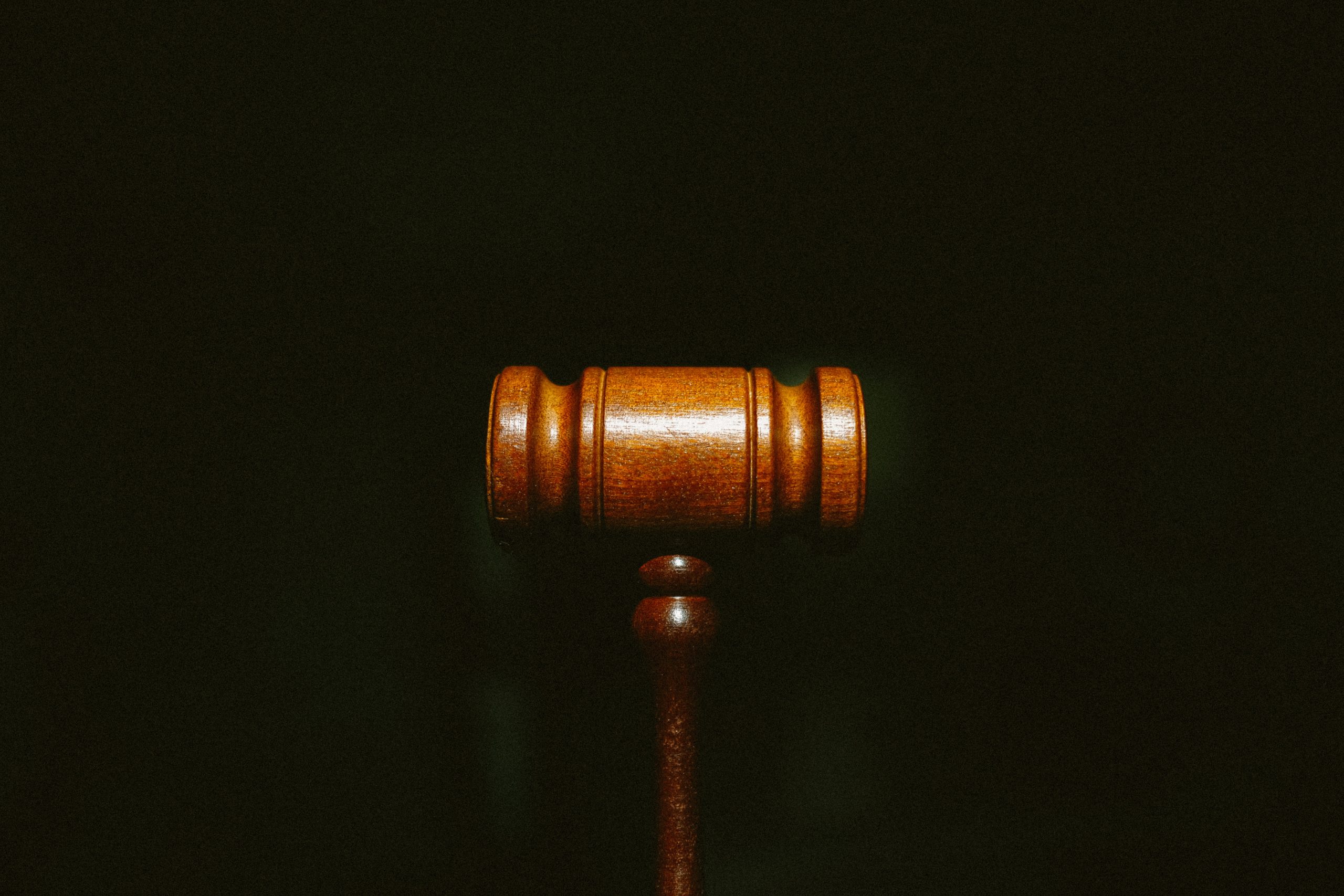Special Report: Analysis of the Court’s decision to separate the claims and what this means for the victims

Late last week, Stockholm Tingsrätt decided to separate the victims’ claim for damages from the criminal proceedings in the Lundin Oil trial. This means that the suit for damages will be tried in a separate civil procedure – or 27 of them.
Summary of the decision to separate the claims
Usually, in criminal cases where the crime victims claim damages, the civil and criminal aspects of the case are heard in the same trial proceeding and in accordance with the procedural rules governing criminal cases. In most cases, this has major advantages for both the Court and the plaintiffs since it reduces the expected costs and duration of the proceedings.
The Court, however, does have an opportunity to separate the criminal and civil proceedings if it deems that consolidating them would lead to significant inconvenience. This is typically done if consolidating the claims would lead to the trial being considerably delayed. There can also be grounds to separate the claims if a civil claim requiring further investigation is brought to the court shortly before the start of the proceedings.
In the Lundin case, the Court’s decision to separate the civil and criminal suits was based primarily on three major arguments, which are summarized as follows:
- The Court noted that counsel for the plaintiffs only presented their claims for damages to the Court three weeks before the start of the proceedings.
- The Court deemed that the proceedings would be significantly delayed if the claims are not separated, due in part to the inadequacy of the claims for damages presented. Here, the Court pointed to the fact that the claims for damages are each based on different circumstances that are not referenced in the description of the criminal acts in the indictment or in the prosecution’s presentation of the facts. It further noted that the civil claims were unclear as to when and where the alleged harm occurred and to which injuries the requested compensation corresponds. The Court held that in order to try the claims, extensive additional pleadings and procedural guidance from the Court would be needed. They also noted that since the damage claims relied on Sudanese law, the applicable laws would have to be further analyzed before trying the claims for damages.
- Furthermore, the Court expressed concern that significant additional time would have to be allotted to the defense in order to allow them to prepare their rebuttal of the plaintiffs’ claims.
The Court concluded that counsel for the plaintiffs had had ample time to prepare their claims for damages, and by not presenting these claims in a timely manner they were responsible for the present situation. Therefore, due to the fact that the Court deemed the proceedings would be delayed by approximately a year if the claims were not separated, the Court held that the civil claims had to be tried in separate proceedings.
Consequences for the victims
This decision has three major consequences for the victims:
- The plaintiffs lose the opportunity to choose the venue in which to bring their claims for damages. When a civil claim is separated from a criminal case, the court trying the criminal case retains the right to try the civil claim as well. If the civil claims had been brought individually from the beginning, the plaintiffs would have had an opportunity to choose between several possible courts possessing jurisdiction and procedural capability.
- Since the claims for damages will now be tried in a civil proceeding, the procedural rules governing the trial will be civil in nature. This means that the victims must assume the risk of paying for the defendant’s litigation costs. The litigations costs for the victims themselves can also be expected to increase, since the prosecution no longer assumes the main responsibility for investigating the circumstances of the case.
- According to the Swedish lag (1980:307) om skyldighet för utländska kärande att ställa säkerhet för rättegångskostnader (or Law on the obligation of foreign claimants to provide security for legal costs), plaintiffs who are not EU citizens are required to put up collateral for the defendant’s expected litigation costs in two court instances. Ian Lundin has argued that the plaintiffs in this case should put up 500 000 SEK each as collateral for his expected litigation costs.
It is clear that these consequences will seriously impair the plaintiffs’ ability to seek redress. They also raise the question of whether it is reasonable for the injured party to bear the defendant’s litigation costs when he or she is the victim of a crime, especially when the Court separates the claims mainly because the international nature of the case makes it too complicated to deal with in a single trial. Furthermore, one could argue that the obligation for the plaintiff to put up a substantial amount of money as collateral for the defendant’s litigation costs in practice makes the right to a fair trial illusory and would therefore be in conflict with the right to a fair trial under Article 6 of the European Convention on Human Rights.
As such, this verdict shows the systematic difficulties which can arise when victims who do not possess an EU-citizenship seek redress for crimes tried under universal jurisdiction.
What happens next
As a consequence of the Court’s decision, 27 new civil suits will be filed at Stockholms Tingsrätt. It is possible that these 27 suits will be heard in the same trial due to the fact that the claims are all based on essentially the same foundation. If this were to happen, it could reduce some of the plaintiffs’ economic burden. It is also possible that the Court will declare the cases dormant until a verdict is reached in the criminal case. Since the criminal trial is scheduled to last until at least 2026, this would obviously delay the plaintiffs’ ability to seek redress. Civil Rights Defenders will continue to monitor the situation and publish updates as we learn more about what will happen next.
